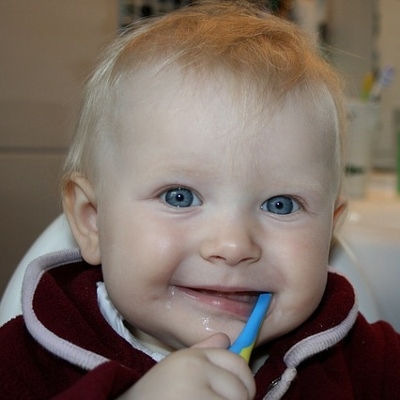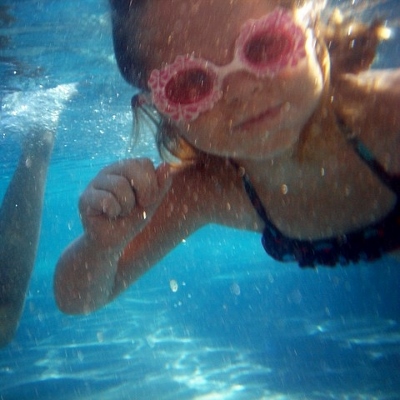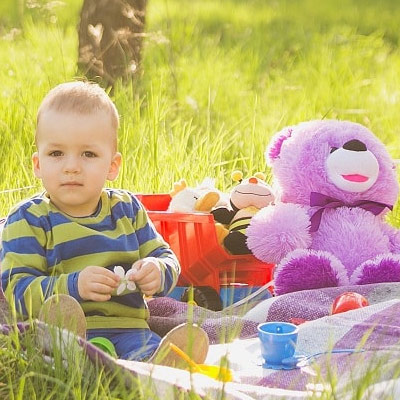 Preventative care is key when it comes to dental health. For kids, this means starting dental care as early as possible to give them the best chance at avoiding cavities and other dental problems in the future. Regular tooth and gum care can also make the teething process much easier to cope with for everybody. You can start caring for the gums when your child is an infant and slowly add more care techniques as the baby teeth start to grow through the gums. Here’s what you need to know to start your infant’s oral care routine.
Preventative care is key when it comes to dental health. For kids, this means starting dental care as early as possible to give them the best chance at avoiding cavities and other dental problems in the future. Regular tooth and gum care can also make the teething process much easier to cope with for everybody. You can start caring for the gums when your child is an infant and slowly add more care techniques as the baby teeth start to grow through the gums. Here’s what you need to know to start your infant’s oral care routine.
Gum Massage Session
Massaging your infant’s gums help blood flow through the tissues for improved oral health. As teeth begin to migrate upward, regular gum massages can help soothe the pain and discomfort. You will want to help your child grow accustomed to the gum massage procedure as soon as you can to prevent balking when teething pain does start to rear its ugly head. You will want to use a purpose built gum massager that fits over your finger. Gently move the massager in circular motions around the inner and outer surfaces of the gums.
Wet Rag Rinse
When that adorable first tooth pops through, the tooth care routine must begin. Cleaning the tooth structure disrupts harmful bacteria that deposit cavity-causing acids on the enamel surface. As a result of your efforts, you help retain the protective enamel that covers the teeth. The sugar hungry bacteria zero in on milk left on the teeth after every meal. Therefore, you can minimize the effects by wiping off the tooth and gums with a clean, damp rag after each feeding session. You can even perform the quick damp rag rinse after your child has fallen asleep during the evening bottle.
Soft Toothbrush Scrub
You will also need to introduce the toothbrush to help your child grow accustomed to its use. Select a tiny toothbrush designed for toddlers. Do not add toothpaste at this time. Instead, wet the bristles and gently rub them over the erupted teeth and gums. If your child expresses interest at doing the brushing him or herself, let them have a chance after you hit all of the important areas. Your child may focus on areas that are achy in an effort to relieve teething pain themselves..
Fluoride Free Paste Addition
After your child gets used to the brush and can reliably spit into the sink, you can add fluoride free toothpaste to the mix. The fluoride free paste products are generally marketed as toddler training toothpaste. Have your child help pick the flavor to make it a fun addition to the established oral care routine. Only use a small amount of paste to allow your child to adjust to the strong flavor and odd texture.
Upon establishing a solid oral care routine, your kids will easily retain the schedule when they switch to brushing by themselves. As the appropriate age approaches, you can introduce floss and fluoride toothpaste as well.










